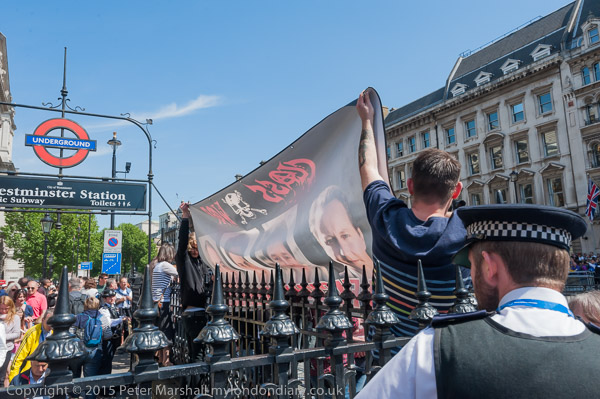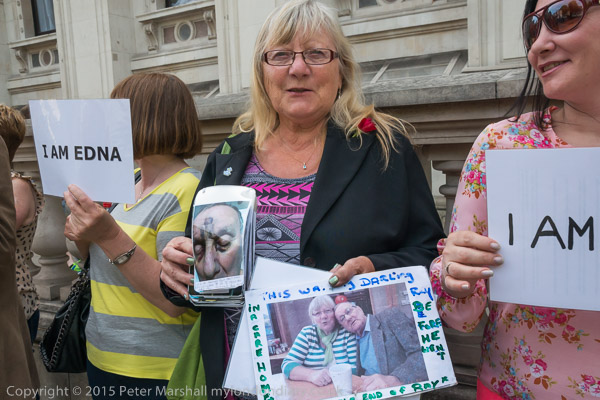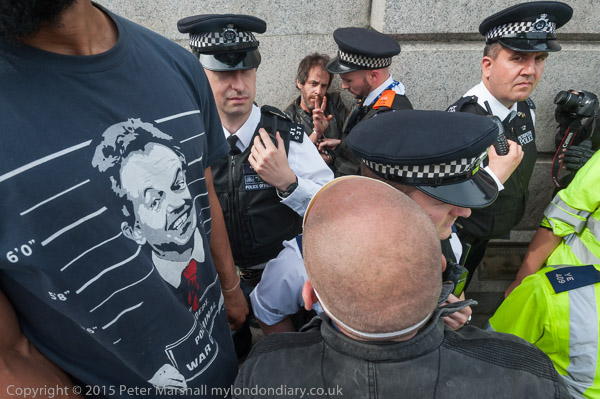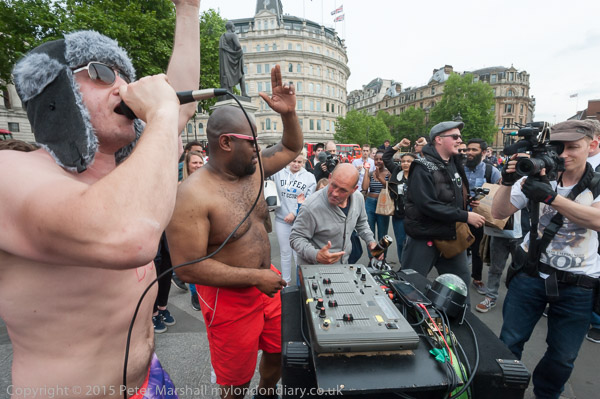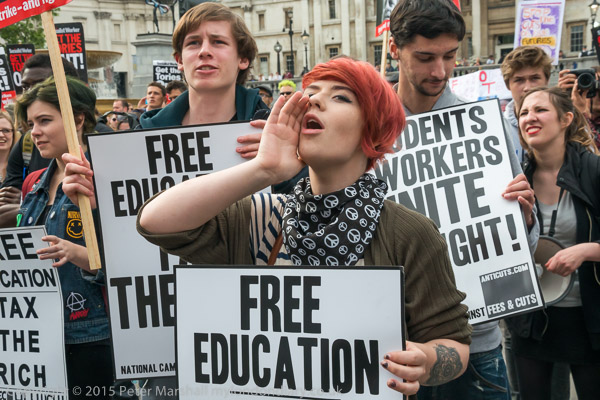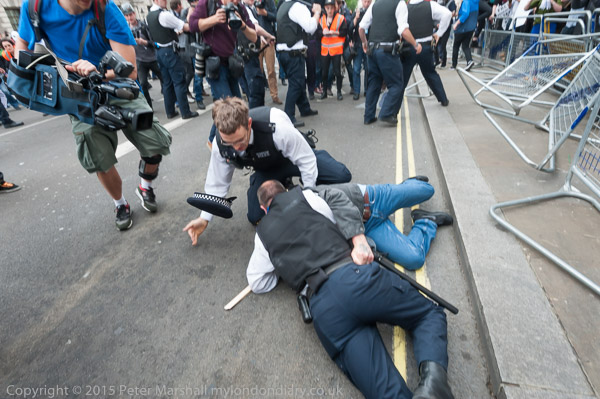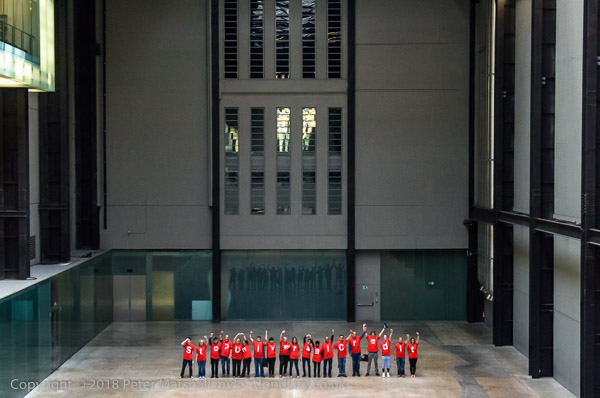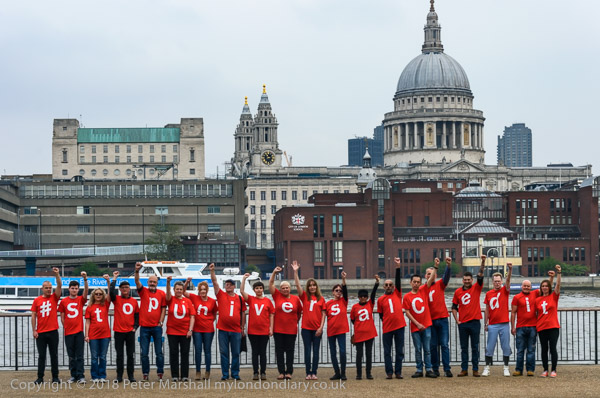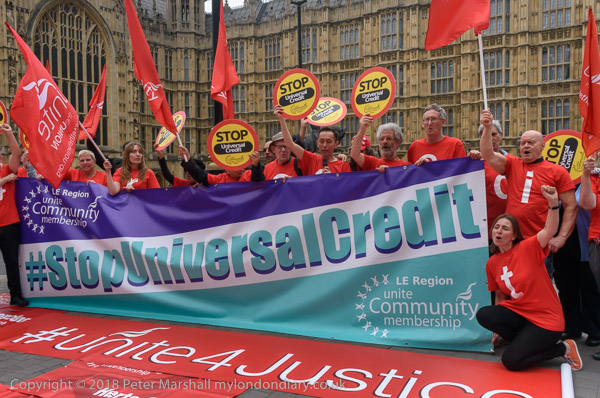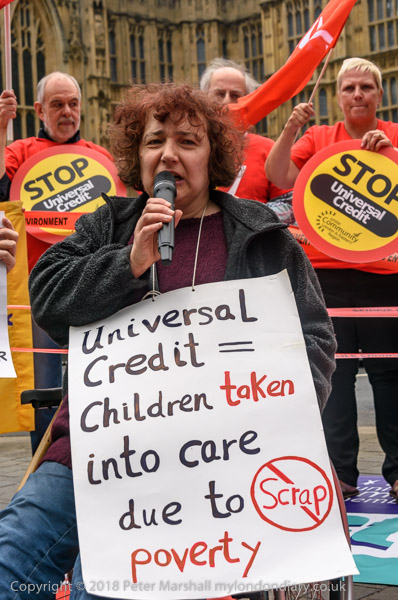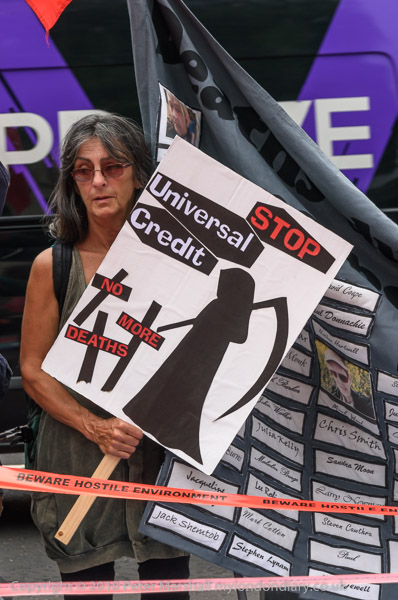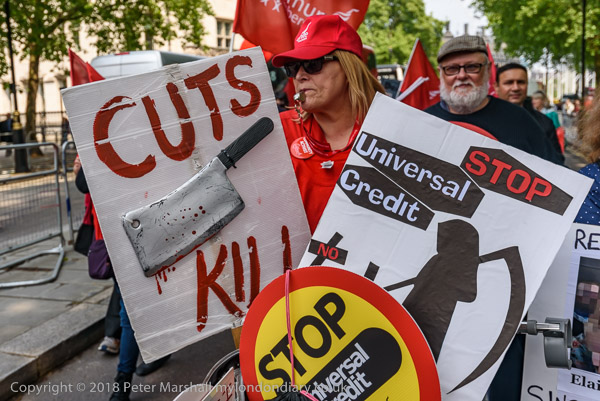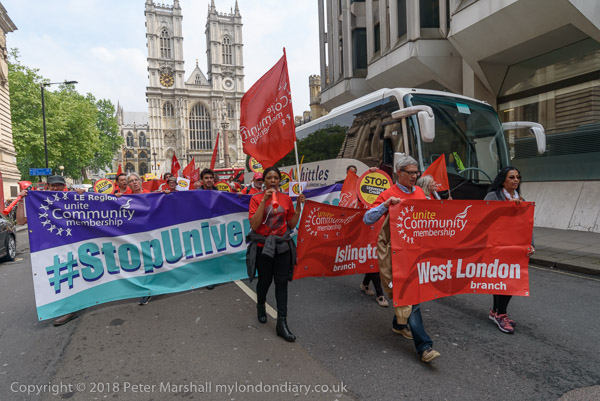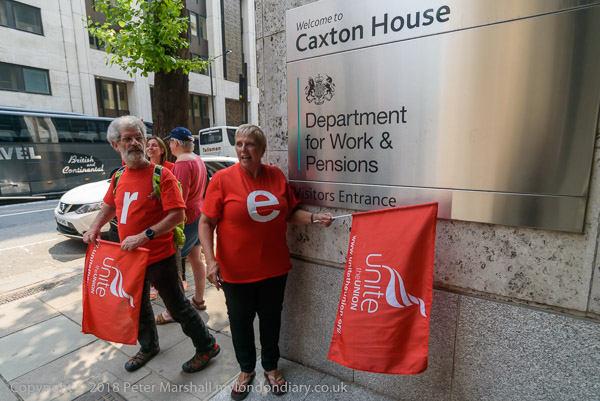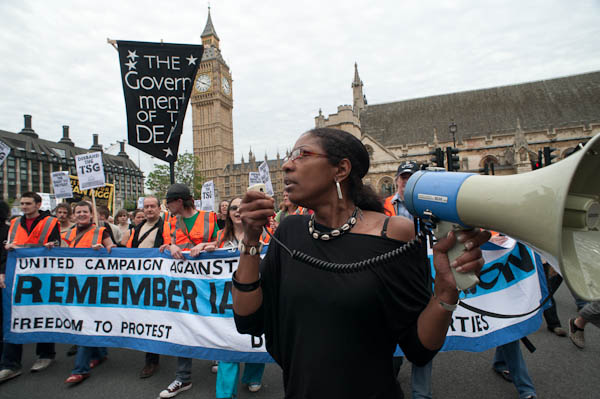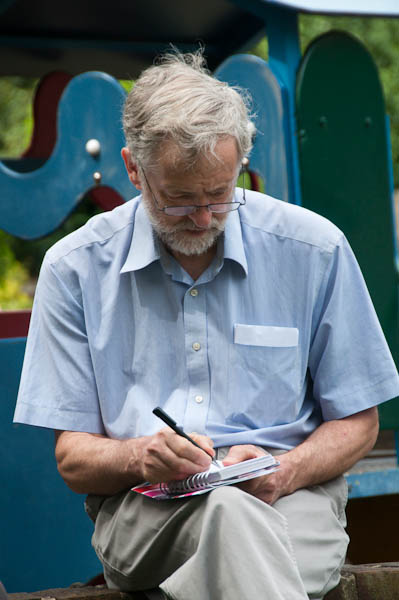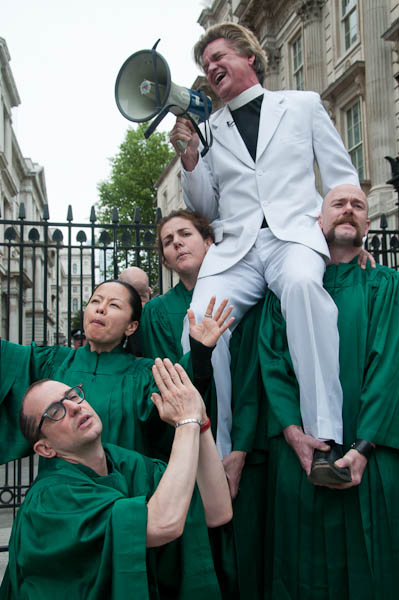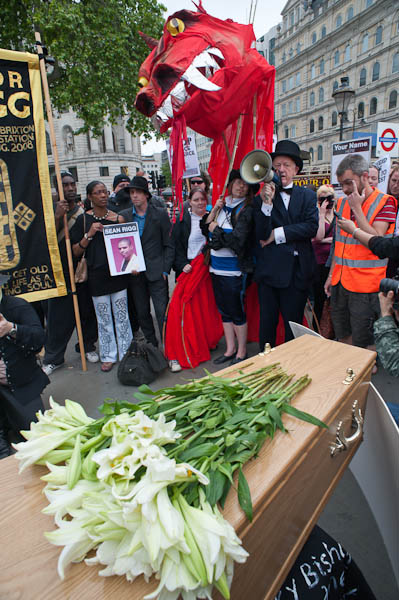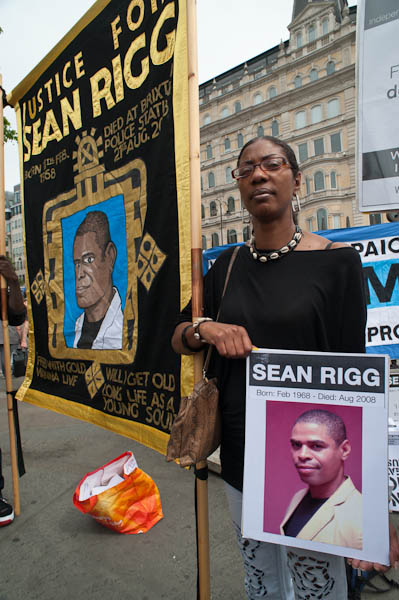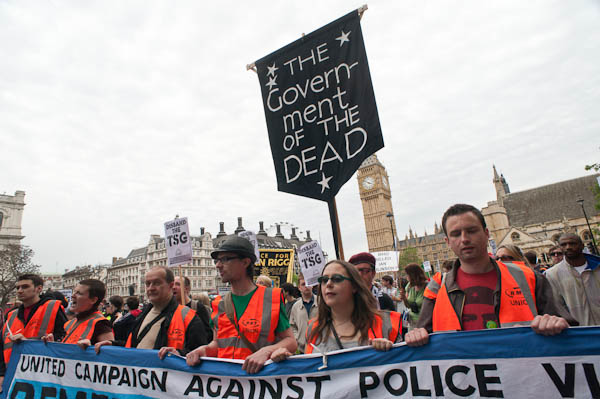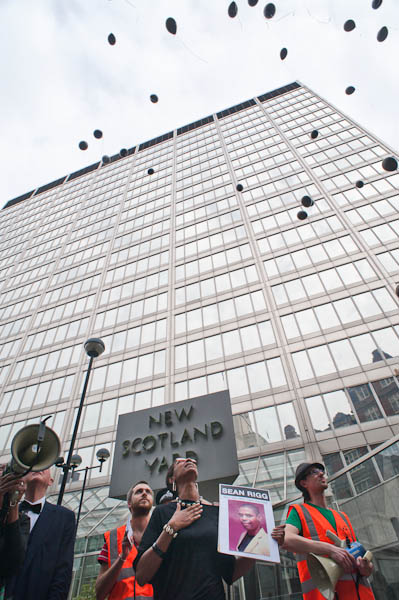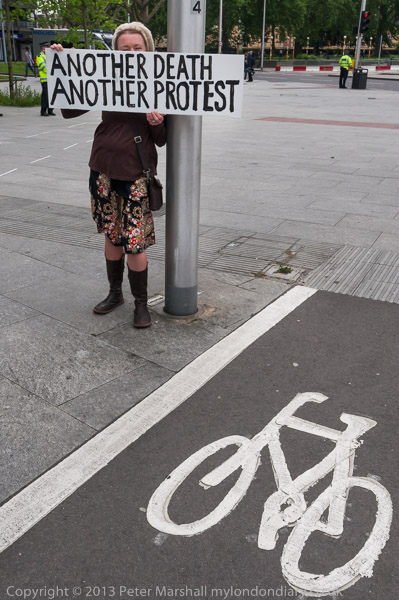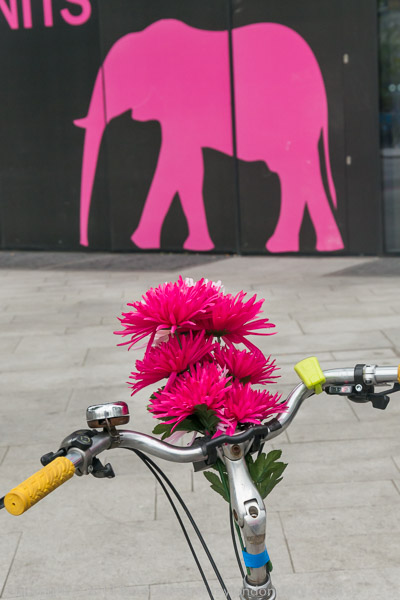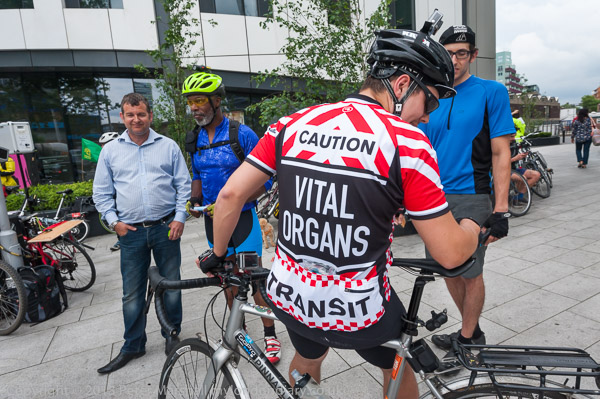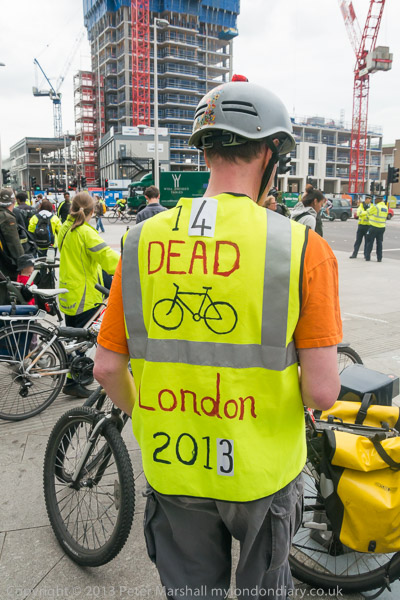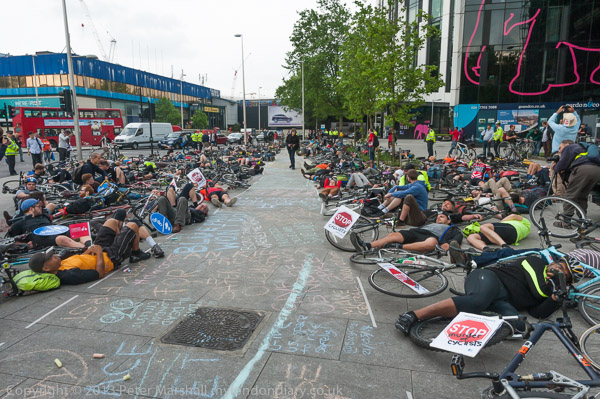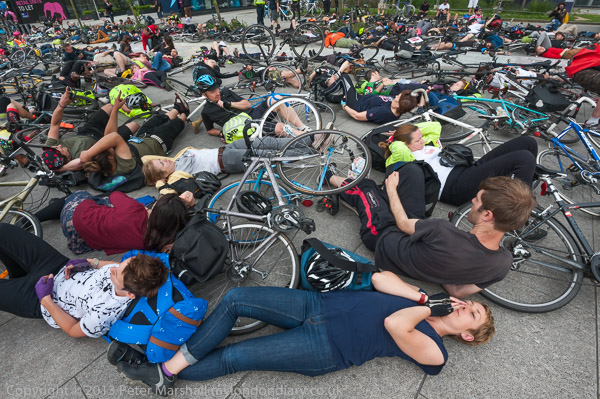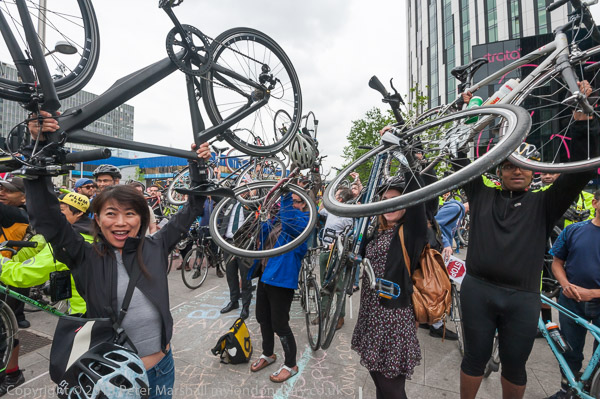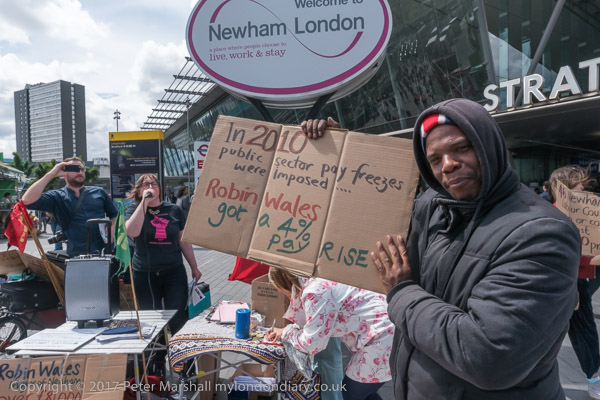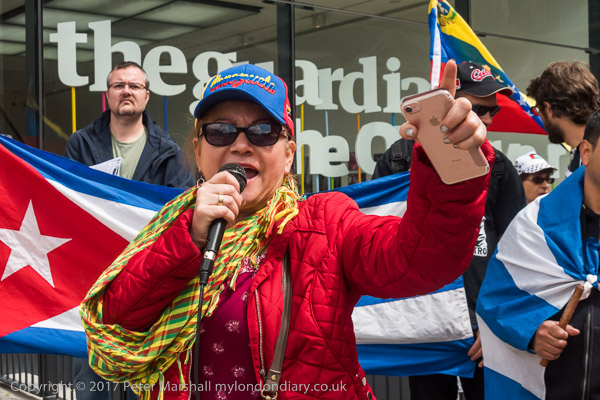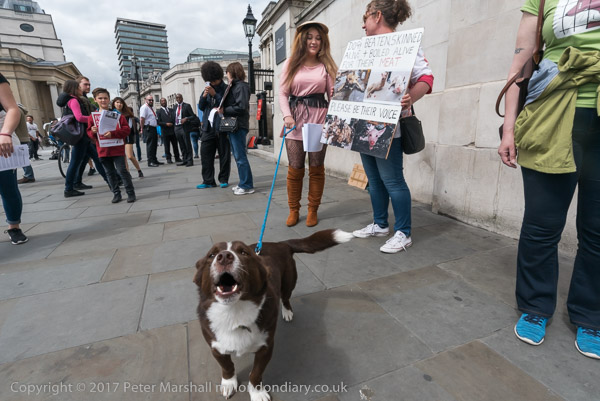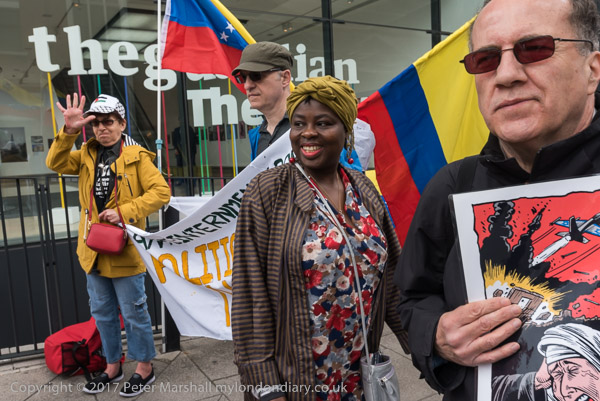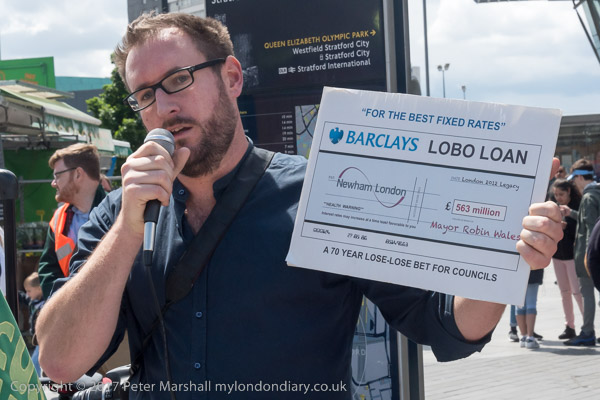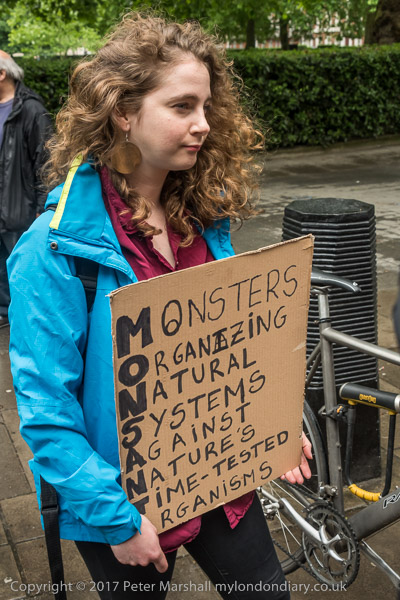These rather plain and solid houses on Chippenham Road, on the edge of the Elgin Estate are fairly typical of the area. Though built on a fairly large scale for families with reasonably substantial incomes, most are now divided into perhaps half a dozen flats, with the smallest one-bed flats costing around £400,000. Unlike the nearby tower blocks which lasted only around 25 years they are still going strong well over a hundred years since they were built.
Aldsworth Close is a fairly short street close to the canal in Maida Hill, close enough for estate agents to call it ‘Little Venice’ which it clearly isn’t. Taken from Aldsworth Close I think the picture shows the front of a long block between Downfield Close and Aldsworth Close, with addresses and garages on Downfield Close but these front entrances on Aldsworth Close. Modern estates like to have such confusion in their addresses, and I think the right hand of the picture may have yet another name, Clearwell Drive.
The Victorian terrace at left (and below) is still present on the north side Amberley Road and its eastern part was demolished to build these new streets. Previously the land between Amberley Rd and the canal was occupied by a number of timber wharves, a saw mill and an engineering works. Until 1867 it was the site of Westbourne Manor House.
This west part of Amberley Road remains as a long Victorian terrace. I don’t know why the eastern part was demolished, but possibly like many areas of London, particularly industrial areas such as this by the canal were badly damaged by wartime bombing. But little of London’s Victorian housing enjoys any real protection against redevelopment – and even less of more recent building. In particular around 200 council estates are currently under some threat, including a number of particular architectural merit, with some, such as the Heygate Estate in Southwark already lost and others including Lambeth’s Central Hill already marked down for demolition. Many have now realised that it makes much more sense to rehabilitiate rather than demolish Victorian houses and it now seems possible that climate change will cause a rethinking about demolition of more recent buildings, and ensure new buildings are again built to last.
The view looking east from the Harrow Road bridge across the canal. You can still see this bridge across the canal, carrying pipes or cables, and the building on the left, 324 Harrow Road now stands out in white. There is now an Academy in a new building rather than a school in Amberley Rd, with a new block of flats on the canal side.
This stretch of canal is from around mile further west along the towpath and at right the unmistakble form of Trellick Tower can be seen. My viewpoint was a small canalside garden on the Harrow Road and in the distance you can see the ‘ha’penny’ bridge from the Harrow Road across to Kensal Town which I had photographed in earlier years. The buildings on the left, 432-487 Harrow Rd, built by the Artizans’, Labourers’, and General Dwellings Co, who developed the area as working class housing fromm 1875, are still there but I think those at the right on Kensal Rd have all been replaced. I think I made it holding out my camera at arm’s length over the canalside fence which resulted in this tilted view.
On the other side of the Harrow Road to where I made the previous picture is the Queen’s Park public library, one of the amenities provided when the area was developed by the Artizans’, Labourers’, and General Dwellings Co. There were no pubs on the estate, built to strict temperance principles, but they provided this space for the Chelsea vestry to build the Kensal New Town Library which opened in January 1890. This oddly detached part of Chelsea became a part of the Metropolitan Borough of Paddington when this was formed in 1901 and it remained Paddington’s only public library for 30 years. Until around 1920 you had to be a resident of Queen’s Park to use the library – and residents paid an extra amount in their rates for the privilege, whether they took advantage of it or not. In the 1965 local government reorganisation the library and this area became a part of the borough of Westminster, though much of Queen’s Park is in Brent.
All photographs on this and my other sites, unless otherwise stated, are taken by and copyright of Peter Marshall, and are available for reproduction or can be bought as prints.







